Don’t mistake a thumb sprain for a broken thumb.
Observe your hands. With the rest of the digits, thumbs play a crucial role. Besides a pinch in the nose, the thumb provides resistance to the fingers and palm during grip.
Being next to the index finger, you can signal an OK gesture or a thumbs up motion. With a sprained thumb, however, you’ll have a fist with your thumb held down.
Although it’s not a serious case, you wouldn’t want a torn ligament lingering within your thumb joint. Read on and learn the causes, symptoms, and treatments recommended by orthopaedic doctors.
The Thumb
In anatomy, fingers are a type of digit – and ‘digit one’ or ‘first digit’ is always the thumb. Human thumbs or pollexes consist of strong ligaments and dynamic muscles. They don’t move like other finger muscles, yet they can be moved around to touch the rest of the digits.
In addition to flexion and extension, thumbs are capable of many movements. But too much innervation is where the sharp pain creeps in – the sign of torn thumb ligaments.
Sprained Thumb
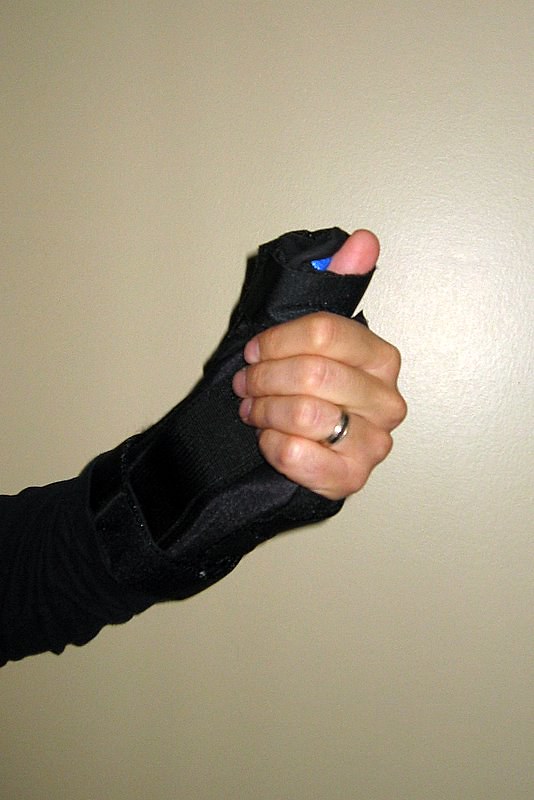
The soft tissue, known as the ‘common ligament’, keeps the bones in place when the joint moves. In a normal thumb, these ligaments help hands to grab and pinch objects and make fists.
But when the joint bears too much pressure, thumb sprains occur. Because of this, the ligaments become inflamed, and it may barely be able to move the first digit, in turn.
Such ligament injuries are sometimes called ‘skier’s thumb’. It’s a common injury caused by damage to the ulnar collateral ligament (ULC). For example, falling over with a ski pole in your hand. This stresses the pollex and may tear or stretch the ligament.
Thumb Ligaments Pain Severity
A sprained thumb can be very painful and may be confused with a broken bone. The severity depends on many factors, and there’s a grading system to classify these types of sprains.
- Grade 1. A mild thumb sprain where the affected ligament is overstretched but not torn. There may be swelling. Healing may take 4-6 weeks.
- Grade 2. A moderate sprain where the ligament is partially torn. The thumb may be tender and painful to move.
- Grade 3. A completely torn ligament causes severe pain, making it difficult to move the thumb. A severe thumb sprain also means the ligament is separated from its attachment to your bone. It requires medical attention and/or surgical care. Healing could take several months.
Causes
There are two common possible causes of why a thumb gets sprained:
- It gets injured
- Or stretched beyond its normal range of motion
In other words, it’s when you hit your thumb with force against a hard surface or bend it too far in one direction.
A possible cause also develops from activities with repetitive grasping or hand twisting. Writing or holding a glass makes a great example. As well as with sports, such as football, volleyball, rugby, or basketball.
Contact your doctor for a physical examination if you suffer from thumb pain.
Symptoms
Don’t mistake sprained thumbs for bone fragments. Although both can cause pain, swelling and bruising, there are major differences.
If the pollex has been stretched too far, the injury will likely be a sprain. Meanwhile, changes in shape, a cracking sound after a fall, and numbness signal a broken bone. The latter usually causes more intense pain.
It can be confusing to tell from the outside if an injured thumb is sprained or broken. But common indications of a sprain include:
- A pain throughout the hand or wrist, which only lasts for a week or two.
- Sometimes it felt like pain, and other times, weakness.
- Bruising, swelling, or discolouration around the thumb.
- Trouble moving the thumb, including writing, turning a doorknob, or holding a glass.
In certain cases, some of these symptoms may take time to appear. Your general practitioner (GP) may order an X-ray to determine what exactly is causing them.
Diagnosis
To diagnose, your primary care physician may ask you how and when you injured your first digit. They’ll move your thumb in various directions to see how it’s affected by a damaged ligament.
The doctor then may perform a clinical examination. The process helps identify where the pain is coming from and what grade of severity it is. They may also take detailed images of your thumb and hand through an X-ray to confirm if there are:
- Damage to the ulnar collateral ligament (UCL), bones, or muscles
- Fractured bone
If the results rule out a sprained thumb, treatment and recovery come next.
Treatment
Most thumb sprains heal with home remedies and do not require surgery. But the treatment depends on the severity.
Grade 1
Mild sprains can be treated from home using the PRICE method:
- Protection. Your doctor may recommend you wear a thumb spica splint for a few days or weeks for immobilisation. You can purchase thumb and wrist supports over the counter or online.
- Rest. Move your thumb as little as possible for at least 48 hours after your initial injury. If you don’t have a split, avoid movements that may cause more pain.
- Ice. Fill a bag with ice or use an ice pack, then put it on the affected area to reduce pain and swelling. An ice massage using cubes wrapped in a washcloth may also work wonders. Make small circular motions for three to five minutes multiple times per day.
- Compression. Wrap the sprained area with an elastic wrap to minimise swelling. Consider getting this wrist and thumb compression support.
- Elevation. During rest time, keep your hand lifted above your heart to reduce internal bleeding.
Top tip: You may use athletic tape to keep your thumb attached to the index finger. This trick helps stop the thumb from moving, ensuring the ligament isn’t damaged further.
Grade 2
For moderate thumb sprain, do the same technique as grade 1 but with extra approaches, such as:
- Taking pain relievers. Your doctor will help you determine if NSAIDs are right for you. Such medications may be used as a temporary measure.
- Stretching exercises. Immobilising a thumb causes stiffness. Your hand specialist may have you do certain stretching exercises. This will help you regain mobility. Make sure to follow their recommendations.
Grade 3
Severe sprains may include urgent treatment approaches, including:
- Surgery. You may need surgery if your UCL is torn or a splint or cast won’t do. The orthopaedic surgeon will mend the ligament and restore the bone fragments. Following surgery, wearing a cast will be needed for 6-8 weeks.
- Physical therapy. Once the sprain heals, your physical therapist will have you do certain exercises. This is for regaining strength and range of motion in your thumb and hand.
Make sure to have follow-up care with your doctor in about a week.
Recovery
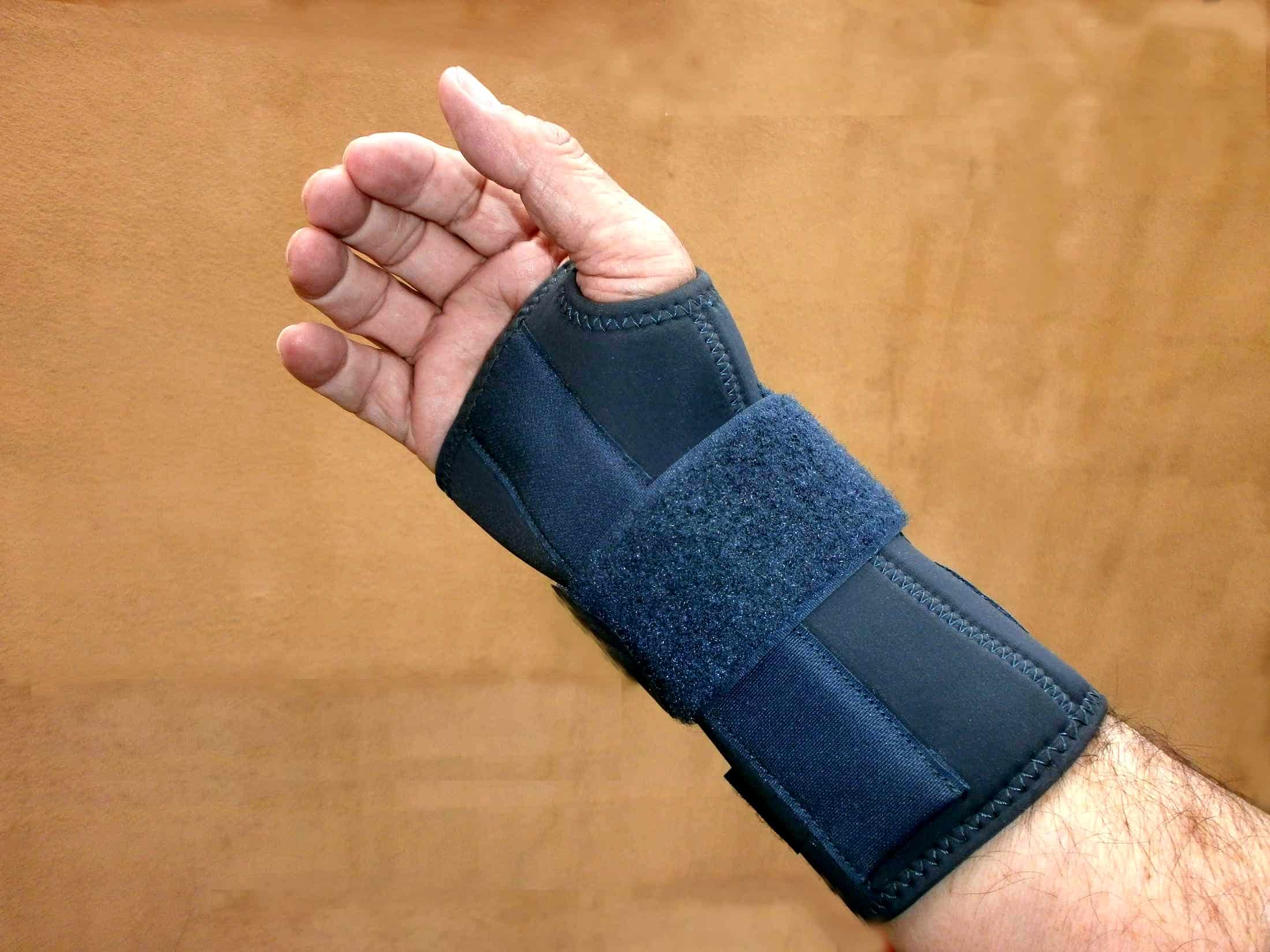 (Image Credit: Wikimedia Commons)
(Image Credit: Wikimedia Commons)
As the swelling and pain subside, you may go back to normal activities but do them with extra care. Strengthening exercises may help, but the routine will depend on the injured ligament. Consult a doctor who can recommend what exercise to do and when and how frequently to perform it.
Prevention
Anyone can sprain a thumb, but there are ways to eliminate the risks:
- Stretch your hand and finger muscles before doing an exercise or a sport that involves the hand.
- Always wear hand safety equipment when playing sports.
- Exercise on flat surfaces to prevent falls.
- Wear sensible and comfortable shoes, so you’re less likely to trip. This also helps prevent sesamoiditis.
- When skiing and you’re at risk of falling, be sure to let go of your ski pole. For normal walks, use a cane or walker.
Don’t let a minor injury become a serious case, causing chronic pain and long-term damage. If you’re experiencing symptoms or new ones after spraining your thumb, reach out to your GP.
A doctor can confirm your thumb condition and ensure that you get proper treatment.


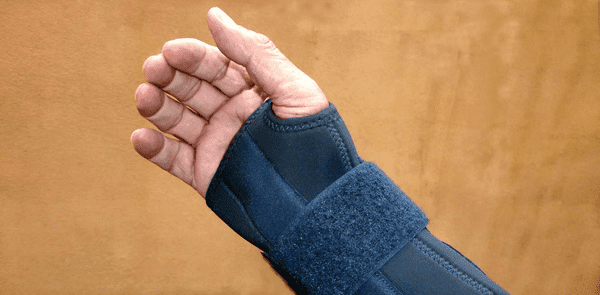
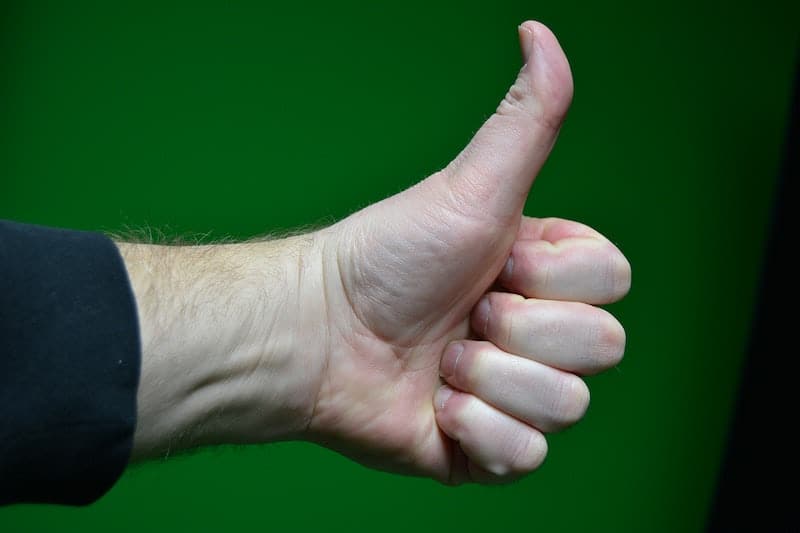 (
( (
(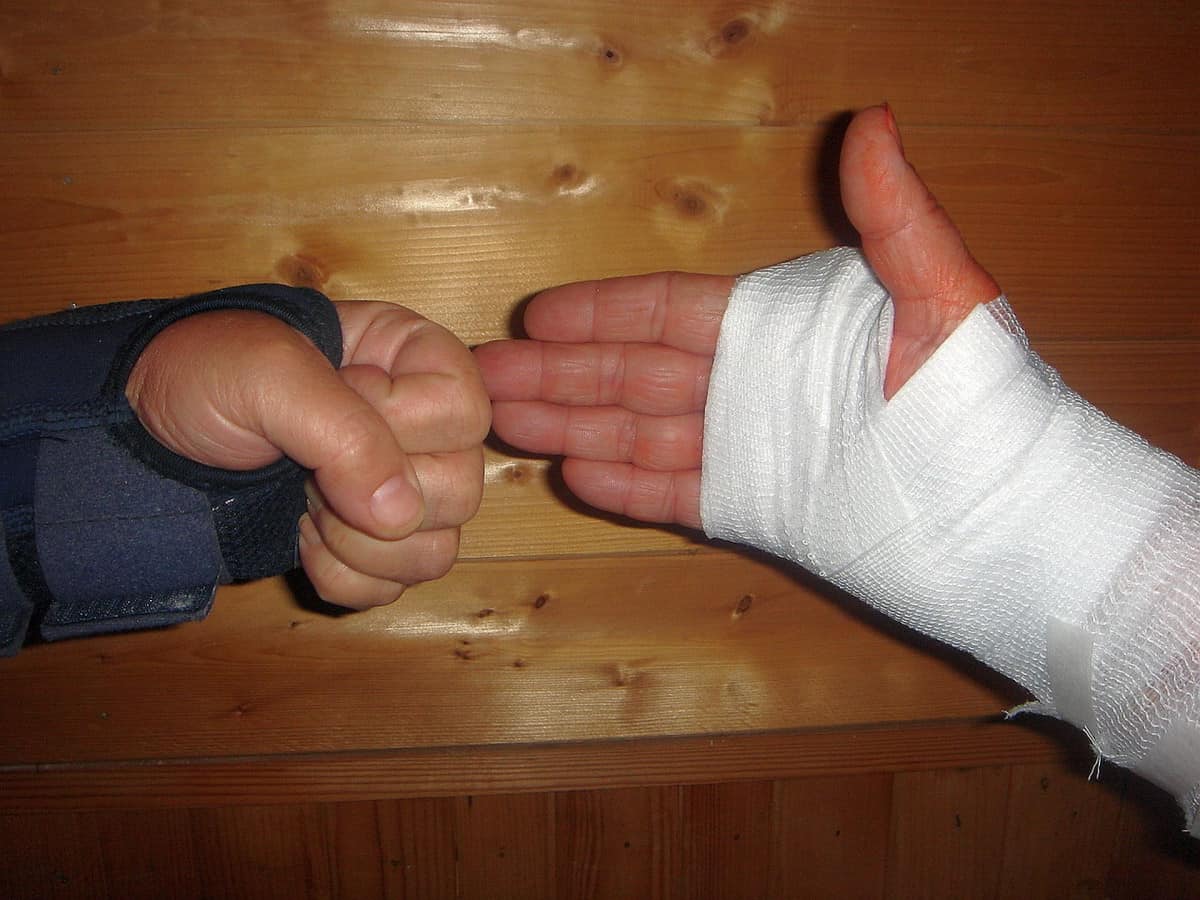 (
(